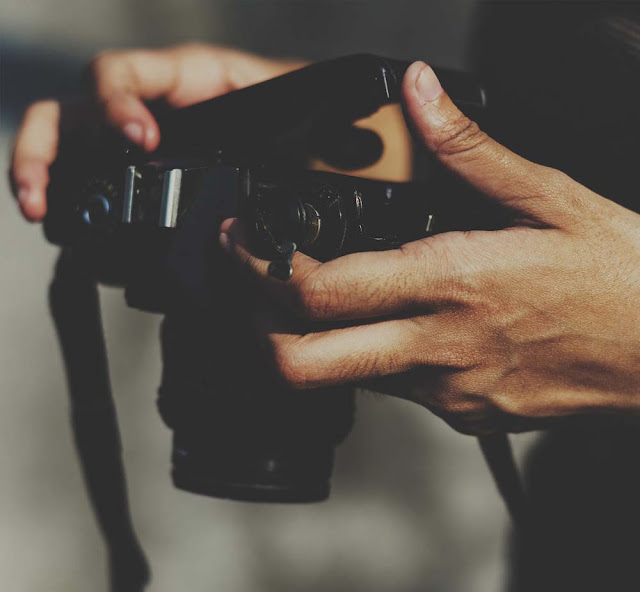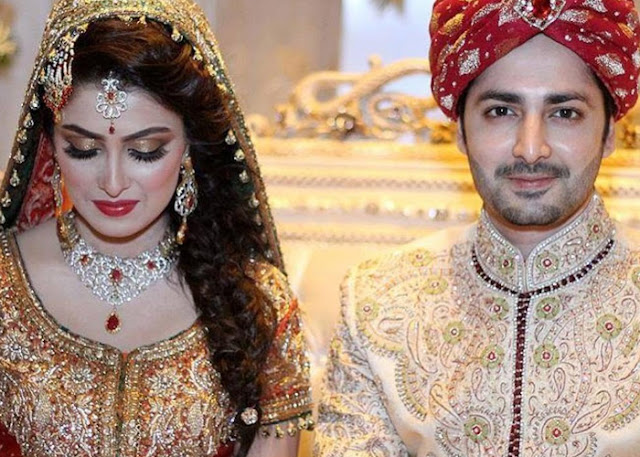Who Made the First Photographs?
Who Made the First Photographs?
The forerunners of the photographic technologies
The photography has continuously resulted in the combination of different discoveries by great philosophers, super-intelligent mathematicians, and excellent physicists.
Who made first photographs?
From the Mohist school of Logic, an ancient Han Chinese philosopher Mo Di is first to develop the photographs. Han Chinese philosopher’s development of the first photographs comes into the result long before. He technically develops the scientific principles of optics, camera obscura, and pinhole camera.
 |
| photographs |
In the 5th and 4th centuries BCE, later Greek great mathematicians Aristotle and Euclid alone introduce a pinhole camera. Mathematicians Aristotle and Euclid independently worked on that pinhole camera and came up with the clear explanation.
In the 6th century CE, Byzantine mathematician Anthemius of Tralles described an experiment where he used a type of camera obscura in his test.
From 1031 to 1095, the Han Chinese Polymath Shen Kuo and Arab physicist Ibn AL Haytham (965 - 1040) independently worked on the camera obscura and pinhole camera. After a huge struggle of the long period of the time, both physicists alone invented the camera obscura and the pinhole camera.
Albertus Magnus (1193-1280) was the German Catholic Dominican friar and bishop. He discovered silver nitrate.
George Fabricius (1516-71) was a Protestant German poet, historian, and archaeologist. He discovered silver chloride.
Shen Kuo (1031-1095) was a Han Chinese Polymathic Scientist and Statesman of the Song Dynasty. He details the science of obscura and optical physics.
Shen Kuo’s explained science of obscura and optical physics details in his scientific work Dream Pool Essay while the techniques were written and described clearly in Ibn al-Haytham’s Book of Optics are complete able of producing primitive pictures bringing medieval material in the usage.
Daniele Barbaro (8 February 1544 – 13 April 1570) was an Italian architect and explained a diaphragm in 1566.
Wilhelm Homberg (January 8, 1652 – September 24, 1715) was Dutch natural philosopher. He teaches properly how light darkened some chemical in 1694.
In 1760, French author Tiphaigne de la Roche published the fiction book Giphantie. In this fiction book Giphantie, he described everything which can be interpreted as photography.
giGe studio offers the clients with the ever-superb wedding photography.



Comments
Post a Comment